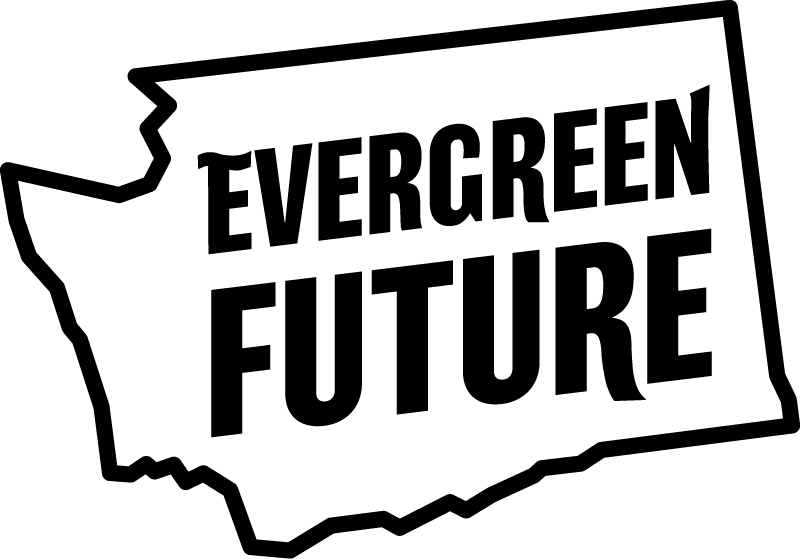
Clean Water & Healthy Forests
Clean water and healthy ecosystems are the lifeblood of our state. People, fish, wildlife, and our economy depend on them to be safe and healthy. But Puget Sound, our rivers, natural areas, and beloved species like salmon and orca are stressed—from climate change, industrial logging, toxic chemicals, water pollution, and poorly designed growth and development. Now is the time to establish long-lasting and equitable solutions that support tribal treaty rights and protect resources reserved for treaties as well as secure clean water and healthy forests for fish and wildlife, communities, and future generations.
Built Environment
After more than a century of degradation, we must modernize our infrastructure to serve people’s needs, protect clean water and healthy natural resources, and create living-wage jobs.
Support and fund the transition to modern pollution controls for wastewater treatment
Reduce transportation system impacts on water, fish and wildlife by improving fish passage, culverts, and reducing toxic stormwater runoff
Local
Strengthen funding and programs for gray infrastructure (wastewater, stormwater pipes, roads) and green infrastructure (forest lands)
State
Increase public funding and strengthen programs for gray infrastructure (wastewater, stormwater pipes, roads), green infrastructure (forest lands, rain gardens), and drinking water
Toxics & Health Disparities
Protecting public health has never been more important and where you live, your race, and your income should not determine whether you will be exposed to dangerous toxic chemicals. Leaders must take steps to address sources and reduce exposure to hazardous chemicals for everyone.
Local
Develop preferred procurement policies that reduce harmful chemicals in everyday products to protect people, drinking water, and wildlife, establishing strong prevention measures that protect the most vulnerable
Review where existing toxic pollution sites are located, and develop local approaches that address known hotspots, increase the pace of cleanups, and focus on sites located in communities of color.
Phase out use of the most hazardous pesticides in the operations of local government entities and promote best practices for pesticide application on privately owned land protect
State
Reduce harmful chemicals in everyday products to protect people, drinking water, and wildlife, establishing strong prevention measures that protect the most vulnerable
Ensure investments in cleaning up toxic pollution are protective and equitable, address known hotspots, and increase the pace of cleanups
Phase out use of the most dangerous pesticides in forest land management, and prioritize protection of waterways, worker health, and public safety
Land Management
We must protect and improve water quality from headwater forests to Puget Sound and the Pacific Ocean so that we have clean water to drink, and healthy habitat that supports fish and wildlife.
Ensure growth and development protects the environment and leaves habitat in better condition for future generations
Local
Promote local economic development that provides reliable revenue for rural communities through activities that promote ecological resilience and long-term sustainable management of natural resources.
Explore opportunities to develop and support locally-led community forest projects, which maintain working forestlands and generate local employment and income.
Protect and restore critical areas through voluntary and regulatory programs that consistently use current science to protect and restore shoreline and riparian areas
Support efforts and mechanisms to retain and equitably improve urban tree canopy cover and greenspace access that provide multiple benefits for communities, while ensuring these do not contribute to community displacement
State
Adopt sustainable funding sources for state trust land beneficiaries that provide reliable revenue for rural communities and don’t pit natural resource protection against essential services funding
Ensure that state funding as well as voluntary and regulatory programs are consistently using current science to protect and restore shoreline and riparian areas



